Social media is constantly evolving, and one of the latest trends taking over platforms like Instagram, TikTok, and YouTube is the rise of virtual influencers. Unlike traditional influencers, these digital personalities are entirely computer-generated, designed to engage audiences and promote brands just like human influencers. But are they the future of marketing, or just another passing trend? Let’s dive into the world of virtual influencers and explore their impact.
What Are Virtual Influencers?
Virtual influencers are AI-generated characters or digital avatars that act like real people on social media. They have unique personalities, backstories, and even interact with followers through posts, videos, and comments. These digital beings are created by companies or independent designers who carefully curate their images, messages, and brand collaborations.
One of the most famous examples is Lil Miquela, a virtual influencer with millions of followers on Instagram. She appears in fashion campaigns, collaborates with global brands, and even releases music. Other notable virtual influencers include Shudu Gram, the world’s first digital supermodel, and Imma, a pink-haired AI fashionista from Japan.
Why Are Brands Using Virtual Influencers?
1. Full Creative Control
Unlike human influencers, virtual influencers don’t have personal controversies, scheduling conflicts, or the unpredictability that comes with real people. Brands have full control over their appearance, messaging, and partnerships, ensuring a flawless and consistent image.
2. Global Reach Without Limitations
Virtual influencers aren’t restricted by time zones, travel costs, or physical limitations. They can “exist” anywhere in the world, making them ideal for global campaigns and international audiences.
3. Cost-Effective in the Long Run
While creating a virtual influencer requires an initial investment in AI and CGI technology, brands may find them more cost-effective over time compared to hiring human influencers who demand higher fees and contract negotiations.
4. Appealing to Younger Audiences
Gen Z and Millennials, who grew up with digital content, are particularly intrigued by virtual influencers. Their unique and futuristic appeal makes them attractive to younger demographics who are already accustomed to engaging with AI in gaming, entertainment, and social media.
The Controversy and Ethical Concerns
While virtual influencers bring innovation, they also spark debate on ethical and social issues.
1. Authenticity vs. Artificiality
Influencers gain popularity by being relatable, and some critics argue that virtual influencers lack genuine human experience. How can an AI-created personality truly connect with audiences on a personal level?
2. Impact on Real Influencers
As brands shift toward digital influencers, will this take opportunities away from real content creators? Some worry that companies may prioritize virtual influencers over human influencers, affecting careers in the influencer industry.
3. Transparency Issues
Some virtual influencers blur the line between reality and fiction, making it difficult for followers to distinguish AI from human. Should there be clearer disclaimers indicating that they aren’t real people?
Are Virtual Influencers the Future of Marketing?
The increasing presence of virtual influencers suggests they are more than just a fad. Big brands like Prada, Balmain, and Samsung have already embraced them for marketing campaigns. As AI and CGI technology continue to improve, these digital personalities may become even more lifelike and interactive.
However, human connection remains a fundamental part of social media. While virtual influencers can engage audiences, they lack the genuine emotions and personal experiences that make traditional influencers relatable. A hybrid approach, where brands use both virtual and human influencers, may be the key to future marketing strategies.
Conclusion
Virtual influencers are reshaping the marketing landscape with their digital appeal and unlimited creative potential. While they may not fully replace human influencers, they offer brands a new, controlled, and innovative way to reach audiences. As technology evolves, we can expect to see even more AI-driven content shaping the future of social media.
Would you follow a virtual influencer, or do you prefer the authenticity of real people? The digital revolution is here, and the lines between reality and AI are becoming increasingly blurred.


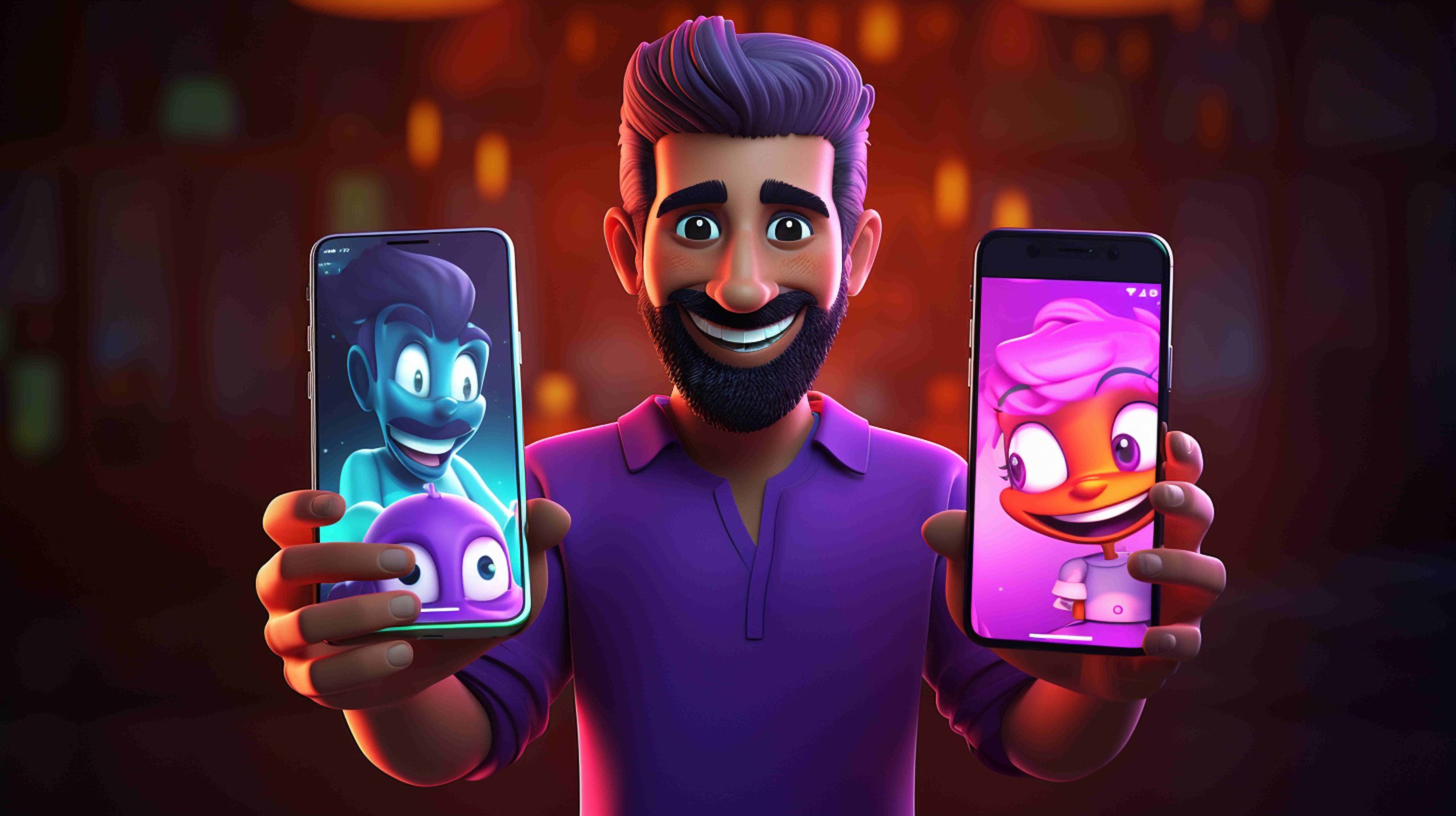

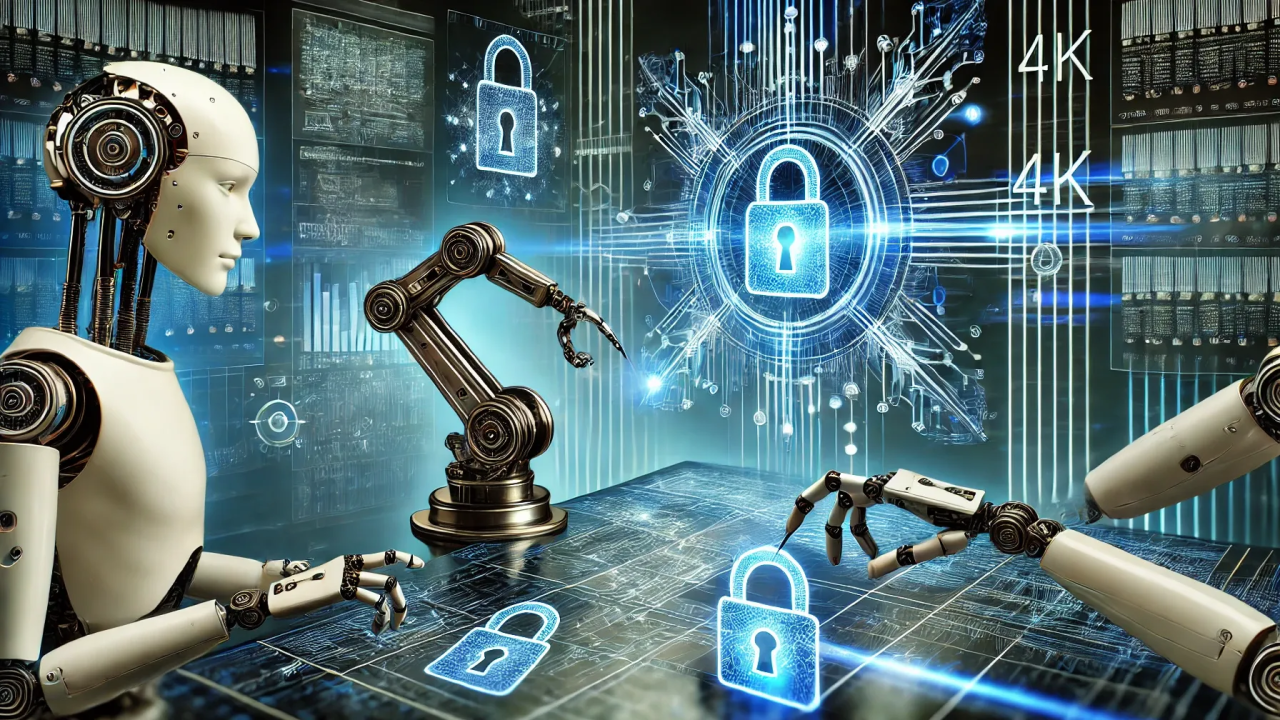
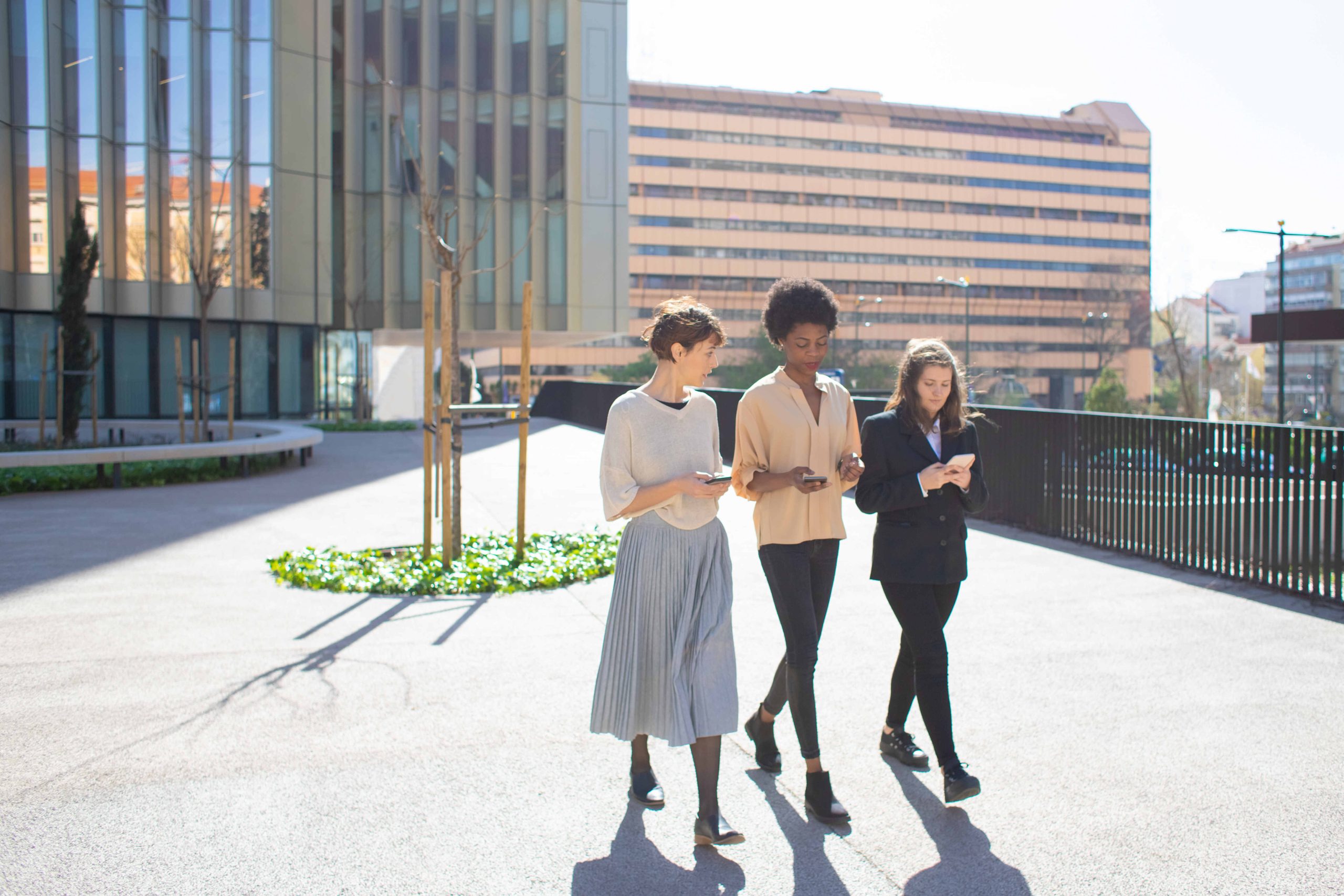

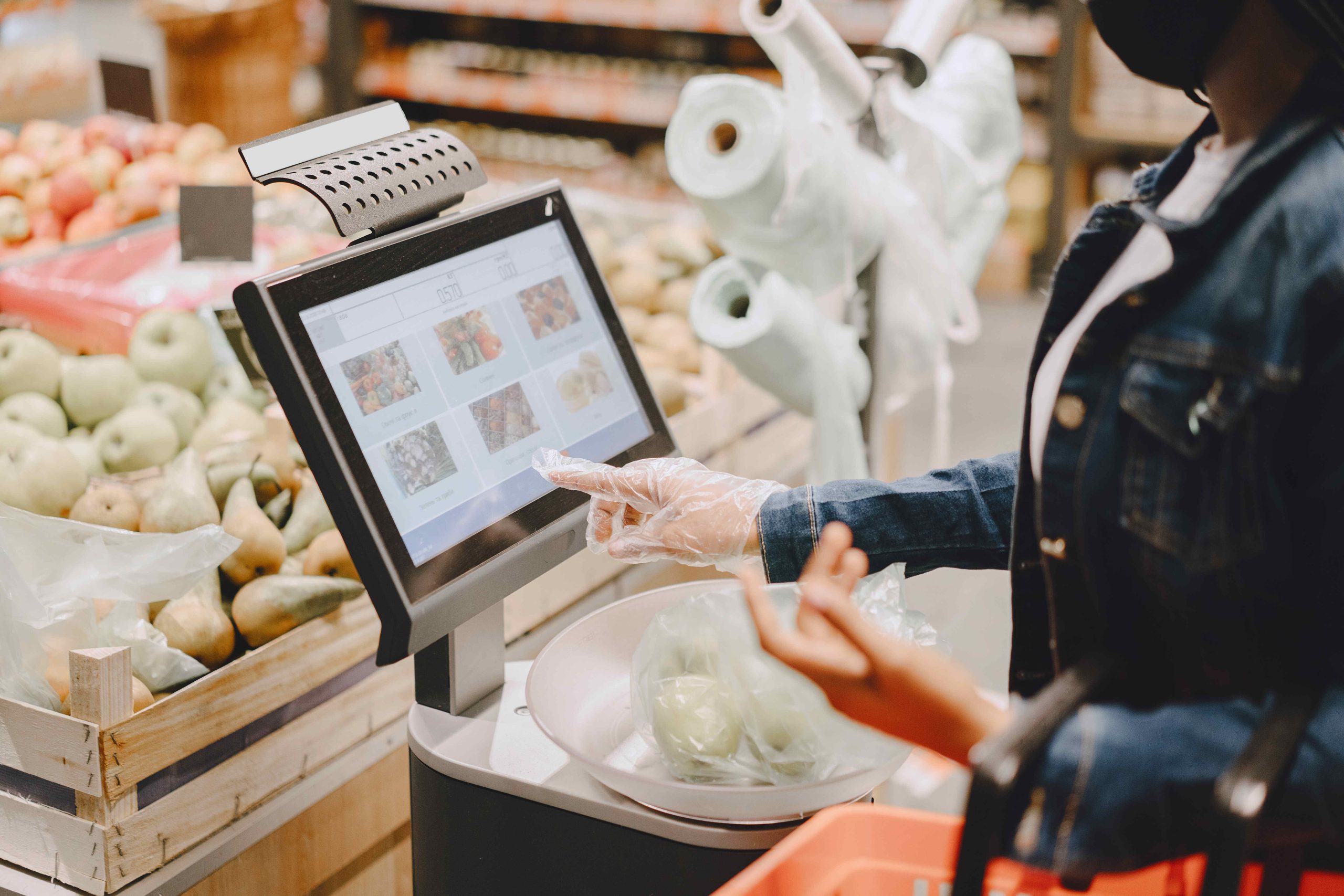
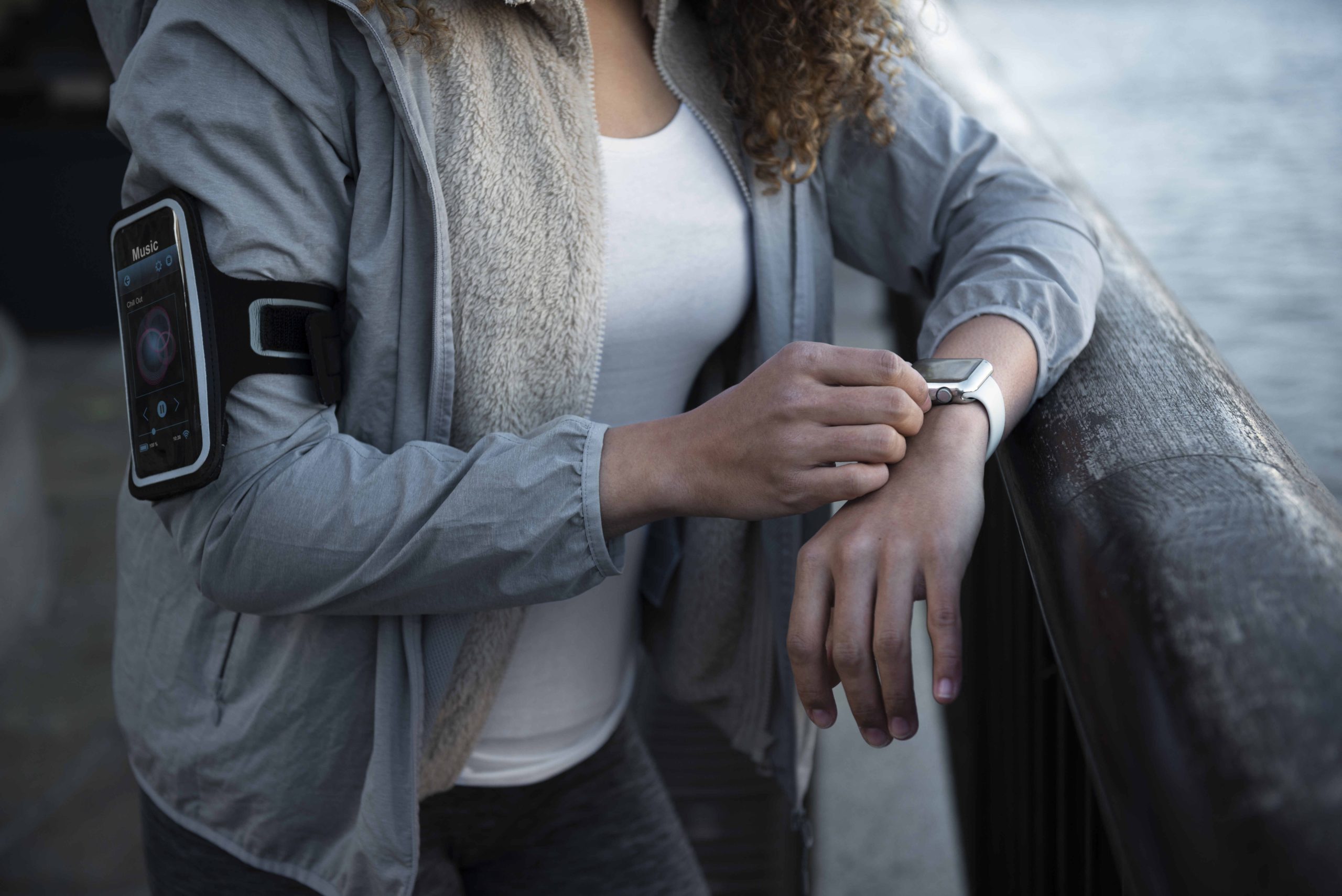


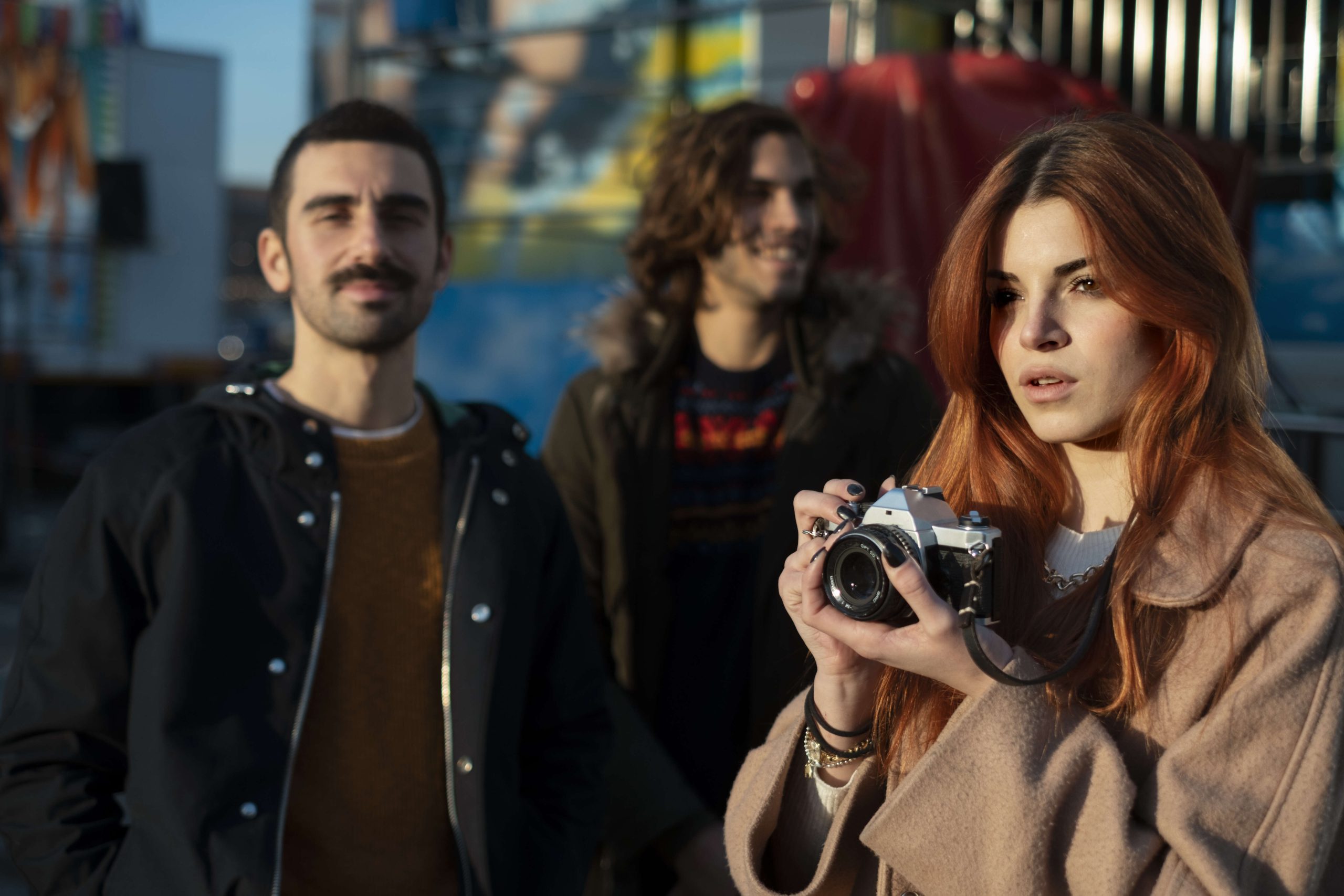

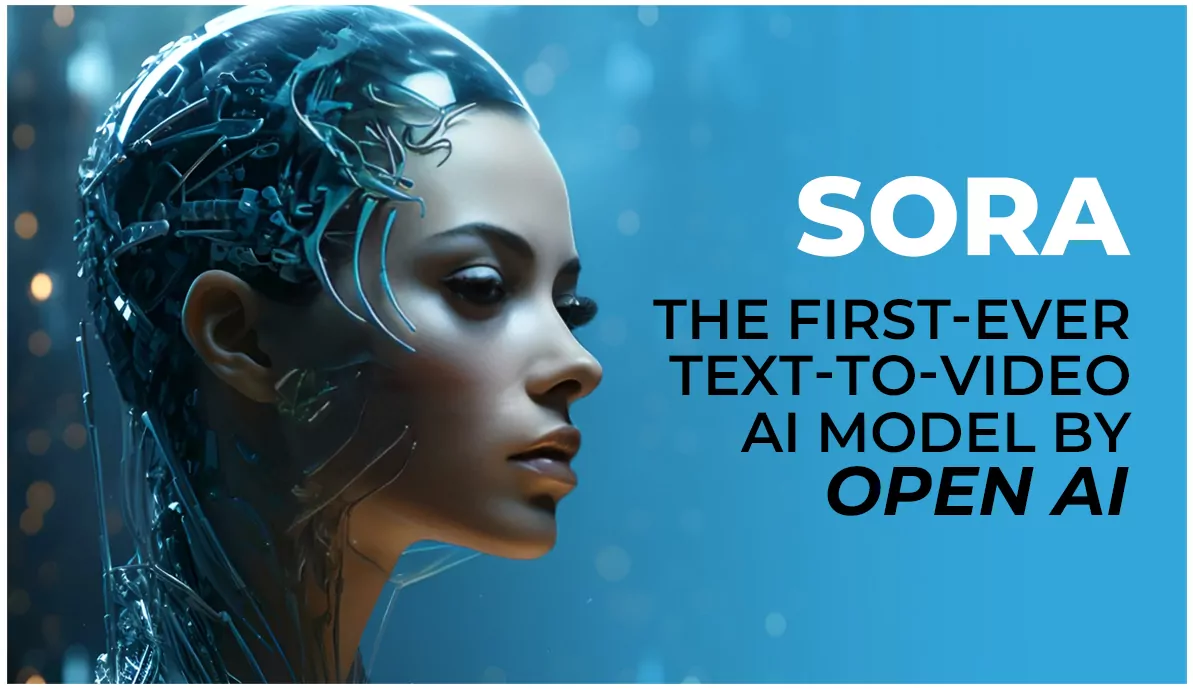
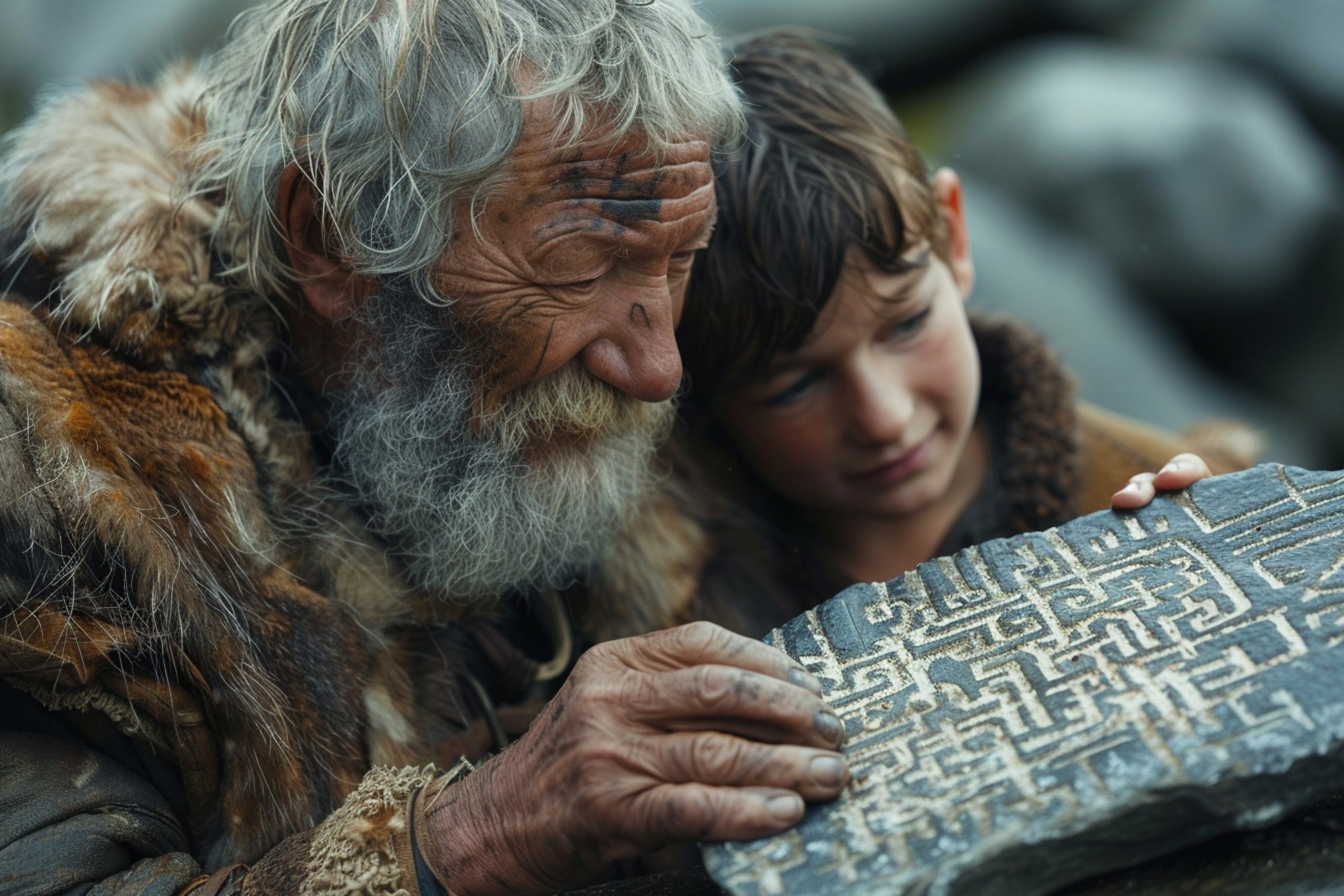

Leave a Reply